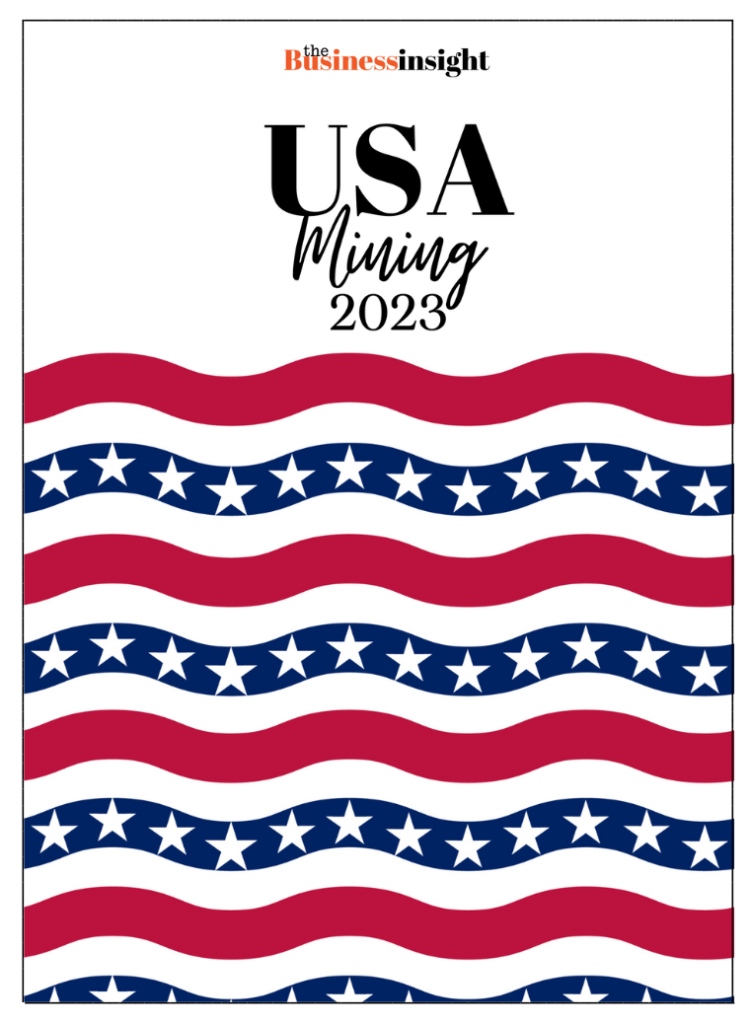West Africa's Gold Mining Industry: Expanding Exploration and Building for the Future
- West Africa | 18 March 2021

The West African region boasts over 40 operating gold mines, with major mining companies like Newmont, Barrick, B2Gold, Endeavour, AngloGold Ashanti, Nordgold, and mid-tier producers such as Kinross, IAMGOLD, Gold Fields, Resolute, Golden Star, and Teranga Gold controlling many of these operations. The region’s mineralization, largely underexplored, lends itself to cost-effective open-pit, near-surface mining operations, with most producers achieving all-in sustaining costs (AISC) of around US$1,000/oz.
Years of stringent cost control measures are now paying off, as companies that prioritized cost management are reaping the benefits of high profit margins. This presents an opportune moment for these companies to strategically plan for the future.
Teranga Gold, a Toronto-based company with mines in Senegal and Burkina Faso, faced a crucial decision in 2015 when its Sabodala mine in Senegal reached maturity. The executive board of Teranga Gold deliberated whether to distribute funds to shareholders or reinvest in the business. Ultimately, they chose the latter and acquired Gryphon Minerals in 2016, gaining two assets in Burkina Faso: the Wahgnion mine, which commenced gold production in 2019, and Golden Hill, an advanced exploration project. Richard Young, President and CEO of Teranga Gold, explained that the board’s decision was based on the belief that the sector had underinvested during the previous bullish market and that grades and production would eventually decline.
As gold producers begin to reflect their Q2 and Q3 earnings on their balance sheets, they face a similar question to the one Teranga Gold confronted five years ago: how best to capitalize on current market conditions? Favorable gold fundamentals and robust cash flows allow companies not only to pay off debts but also to optimize operations by cutting lower-grade deposits, expanding exploration budgets, and increasing their project pipelines through organic or inorganic growth.
Over the past six years, mining activities in West Africa have continued, but exploration efforts have slowed down. As more gold has been extracted, fewer deposits have been discovered. Landmark mines in the region, such as Morila and Obuasi, are approaching the end of their existing resources. Even producing mines like Gold Field’s Tarkwa and IAMGOLD’s Essakane have limited remaining life-of-mine (LOM) periods, ranging from 10 to 15 years.
According to data from Mining Intelligence, Gold Fields has successfully replenished its depleting reserves at the Tarkwa mine in Ghana after 15 years. Alfred Baku, Executive Vice President and Head of West Africa at Gold Fields, acknowledged that the company had not given Tarkwa enough exploration opportunities in the past. However, Gold Fields has now shifted its strategy and launched an aggressive exploration program. This reflects a trend among major producers to focus on advanced-stage assets or exploration around existing mines, while greenfield exploration budgets have declined significantly over the past three decades.
Leading gold producers are increasingly prioritizing the development of their exploration portfolios. Barrick Gold, for example, has refocused on geology as a core discipline and is actively conducting exploration programs across the continent’s main gold belts, searching for new Tier One assets and additional reserves to extend the life of its existing mines. Teranga Gold also has two competing development projects, Golden Hill and Afema, that could potentially become its third producing mine. The company has increased its annual production from 245,000 oz in 2018 to an estimated 400,000 oz for the current year. Endeavour Mining boasts one of the largest exploration portfolios in West Africa and has discovered 8.4 million oz of gold since 2016. Perseus, after acquiring Exore Resources, now possesses 2,000 km2 of land surrounding its Sissingue mill in Ivory Coast, allowing the company to pursue organic growth.
In the ongoing takeover battle for ASX-listed Cardinal Resources, Russian producer Nordgold and Chinese competitor Shandong Gold have engaged in subsequent counter-offers, driving up the price. Future Global Resources is acquiring a 90% stake in Ghana’s Bogoso-Prestea gold mine for US$95 million, while Hummingbird Resources purchased Cassidy Gold Guinea for US$12.67 million, obtaining a deposit of 1.1 million oz grading 2.1 g/mt.
The West African gold mining industry is experiencing a phase of economic prosperity driven by strong gold prices and effective cost management. Mining companies are now presented with an opportunity to strategically plan for the future by building a strong project pipeline through exploration and development. The urgency to invest in exploration arises as existing mines approach the end of their resources. By capitalizing on the favorable market conditions, gold producers can secure their long-term sustainability and contribute to the region’s economic growth.








